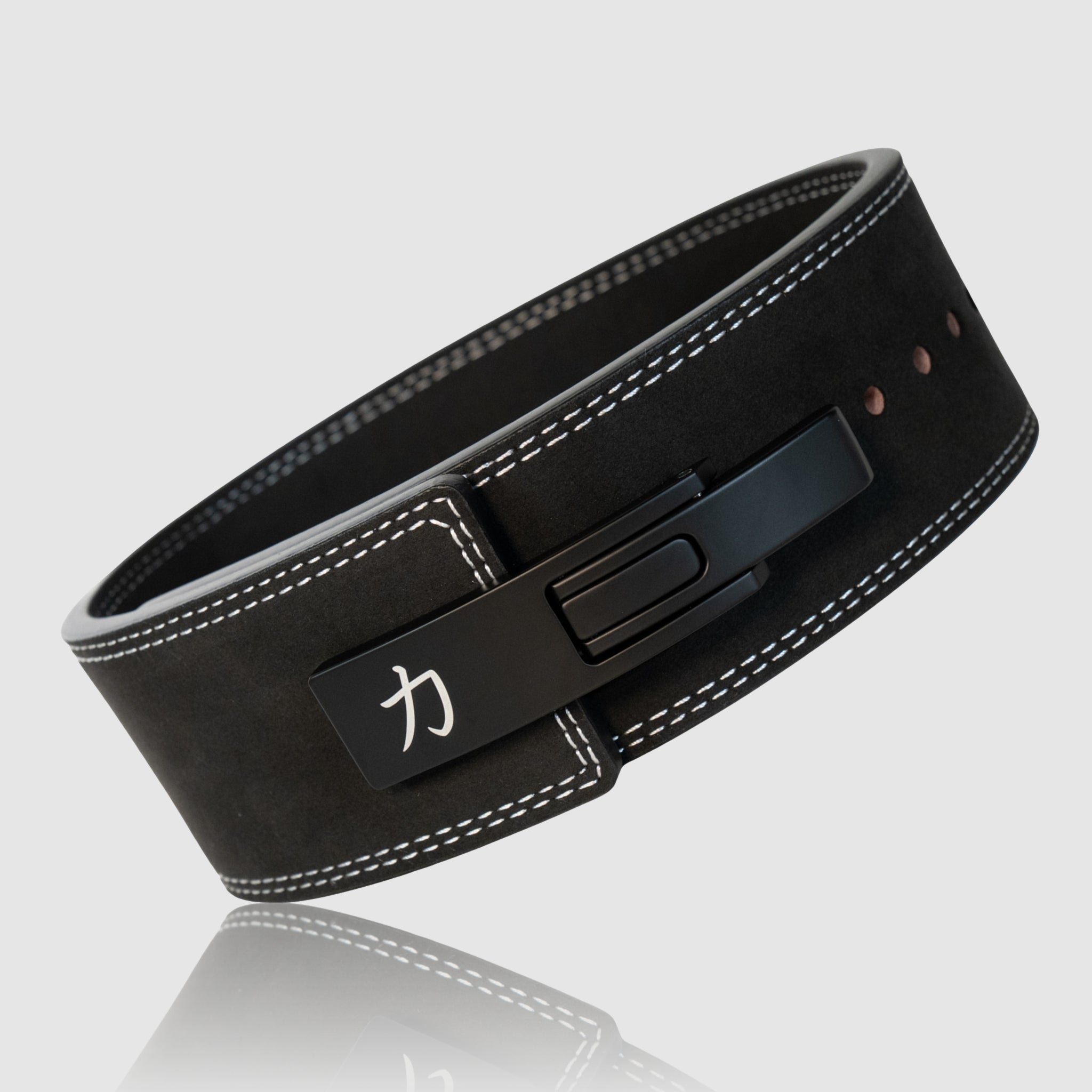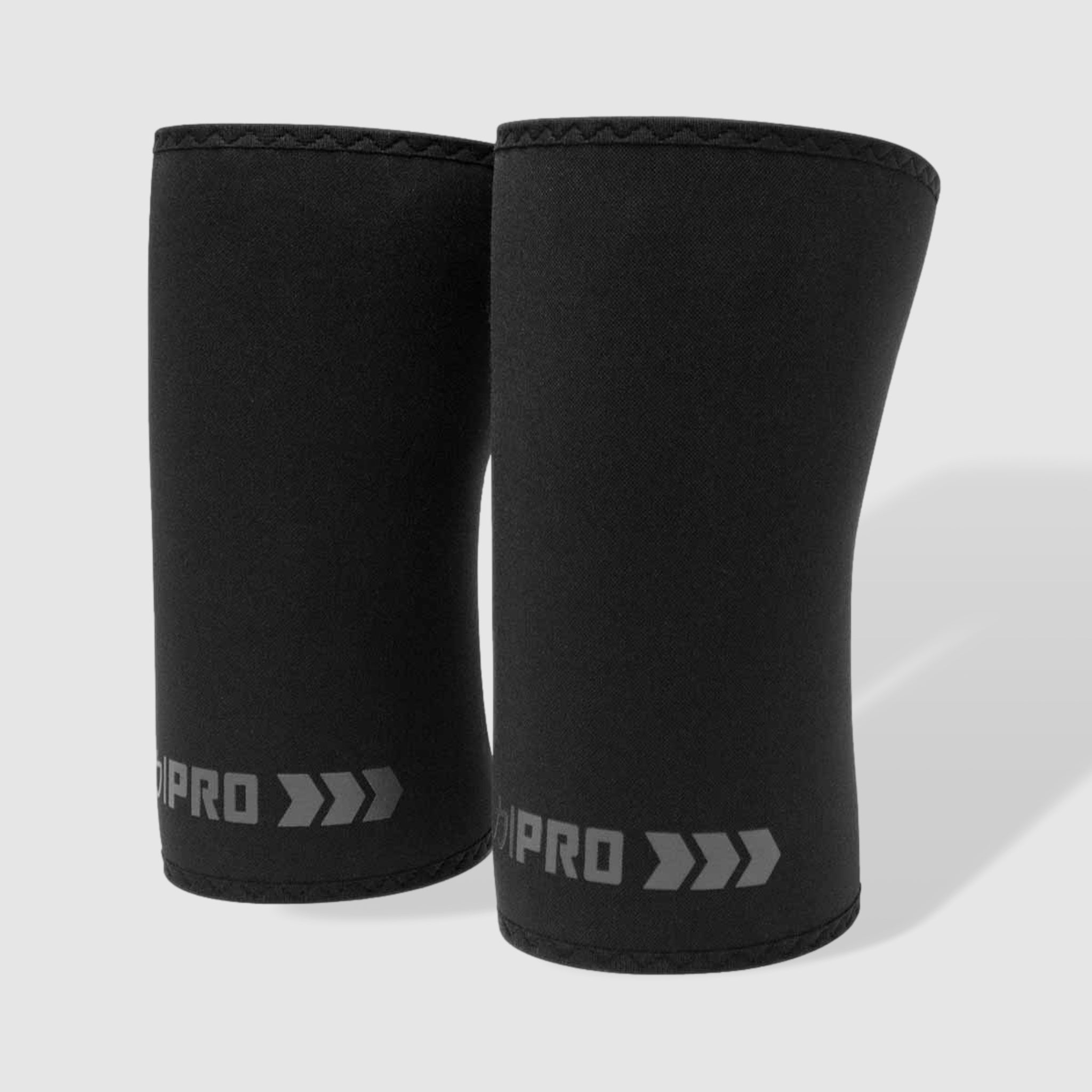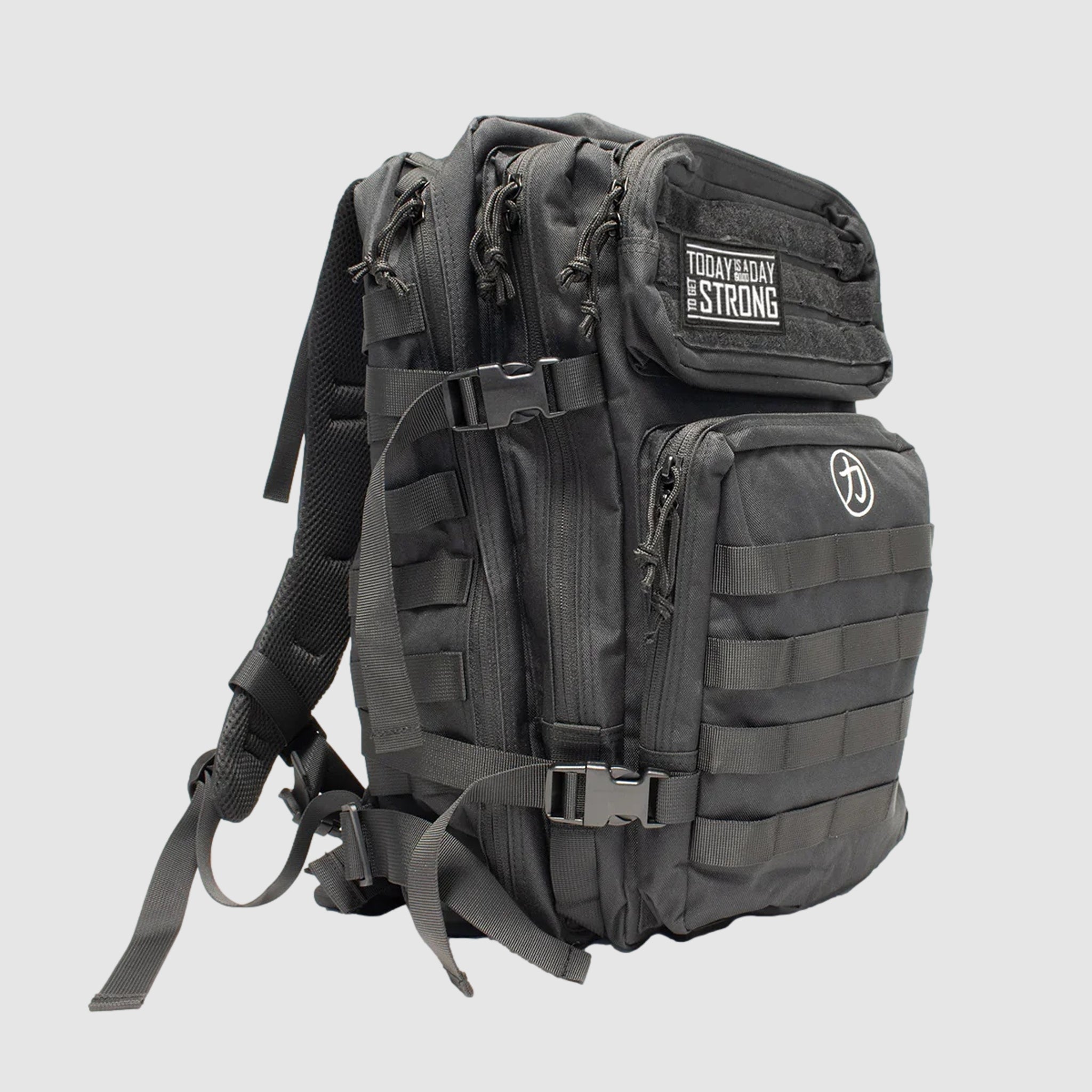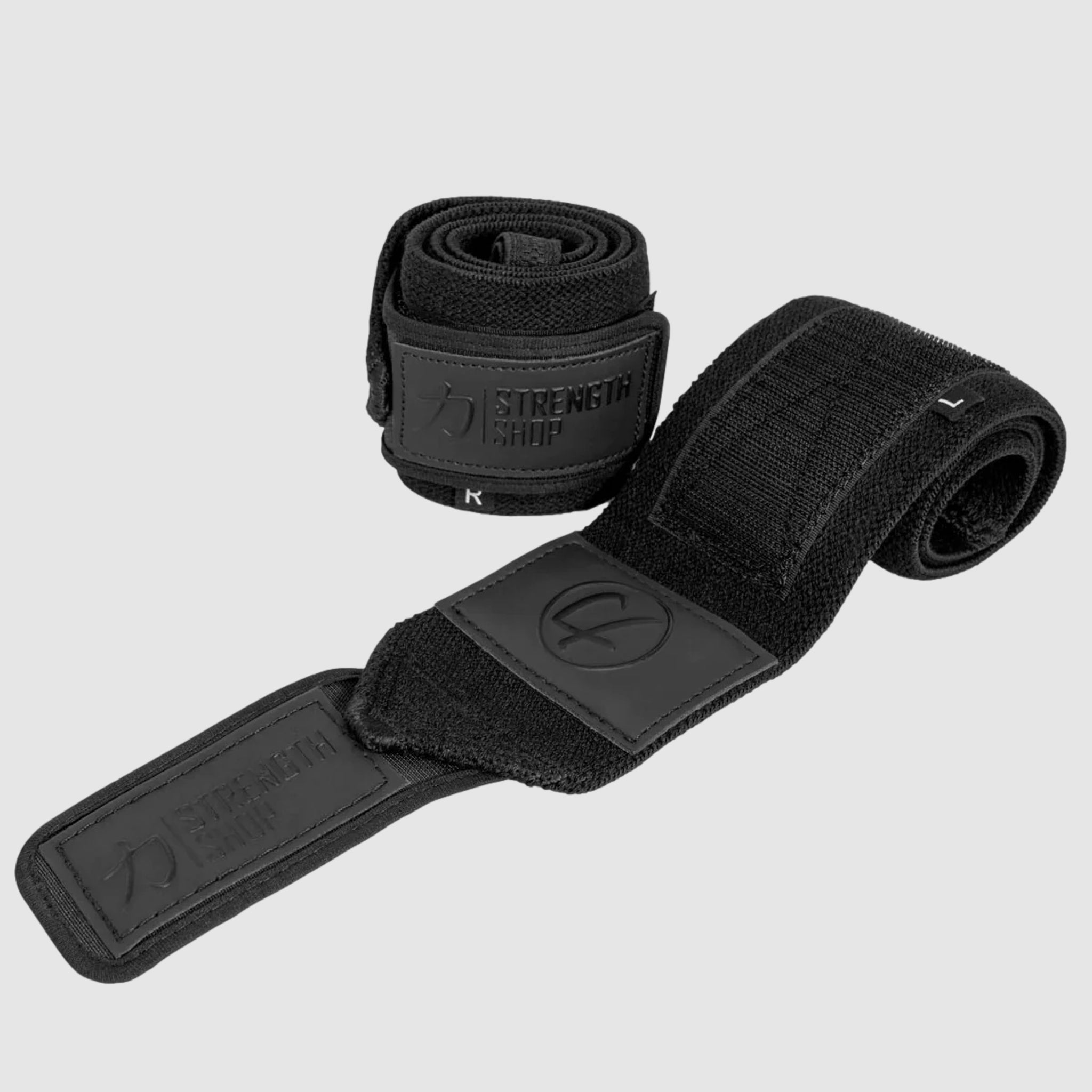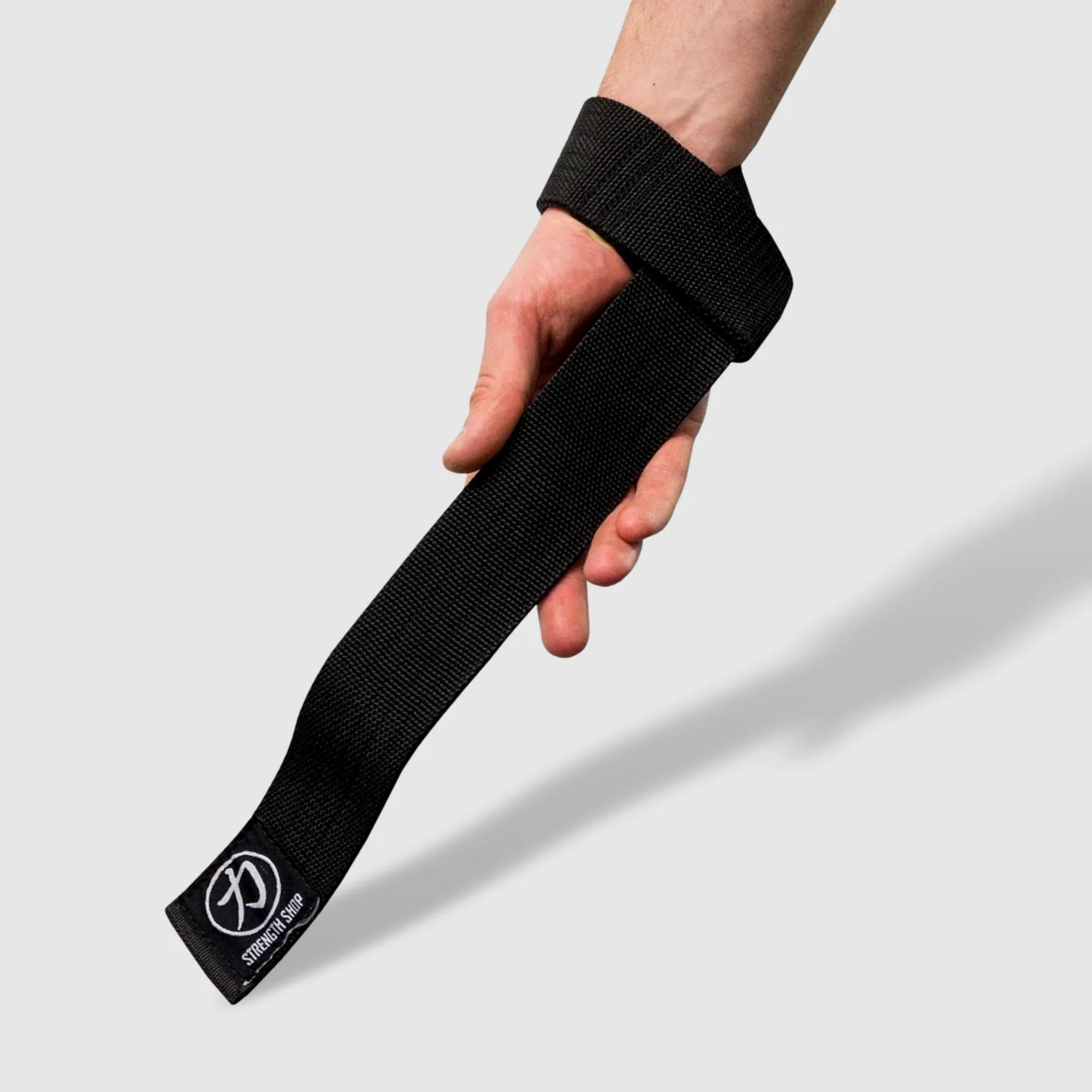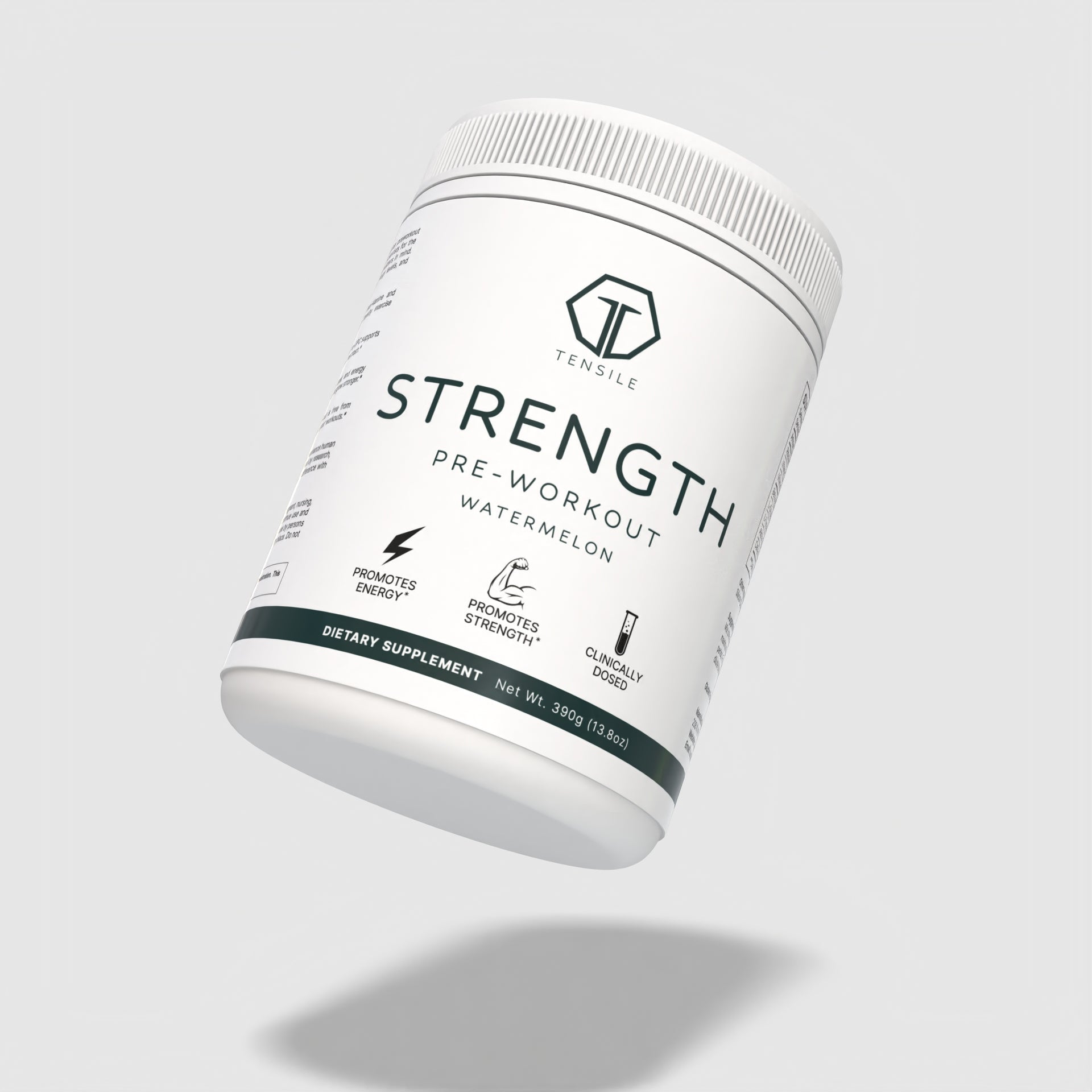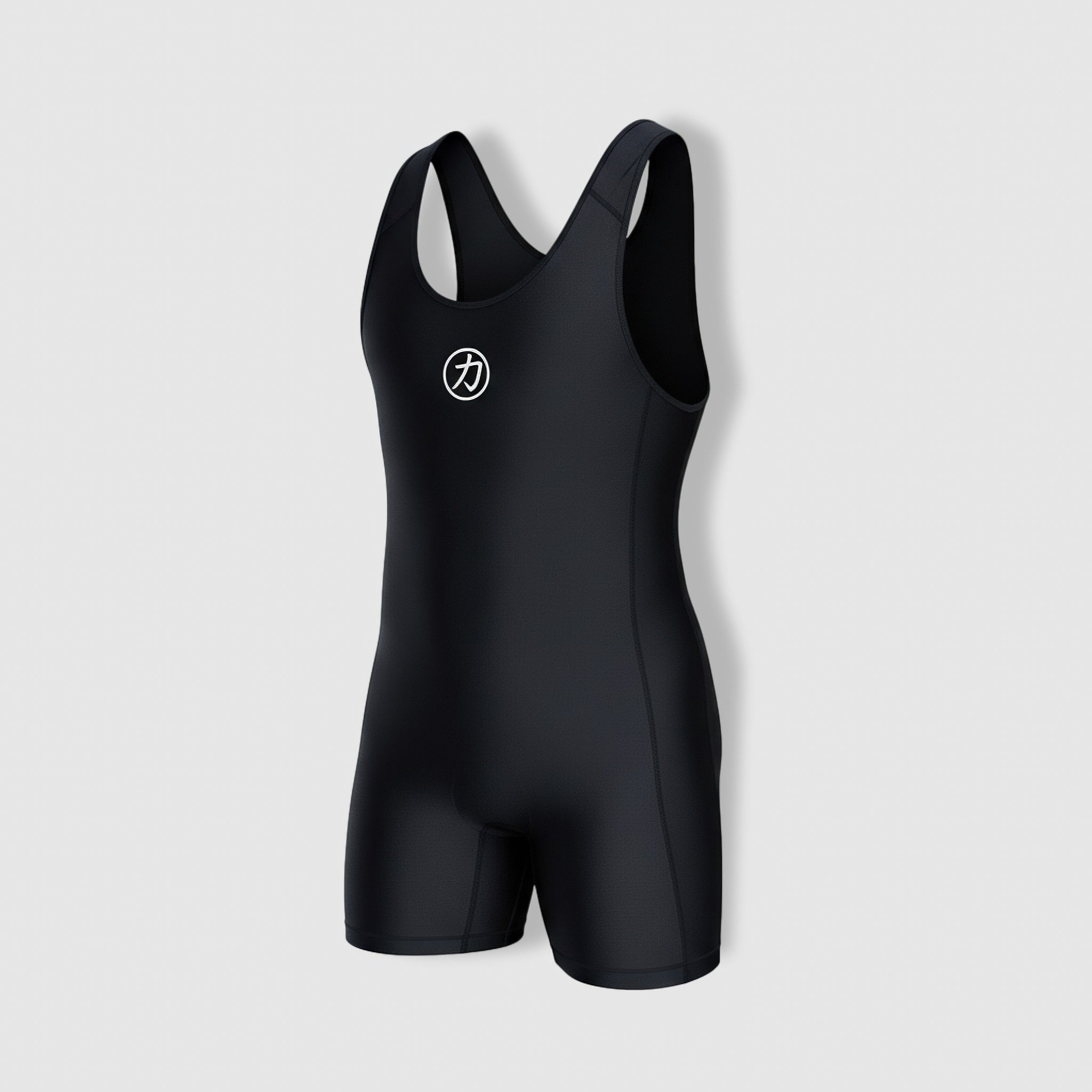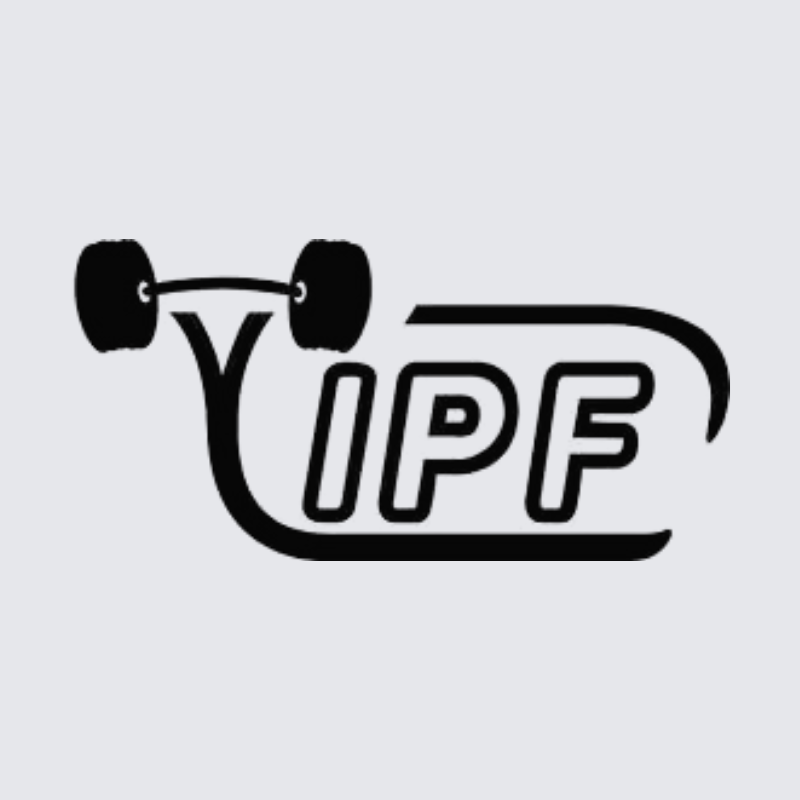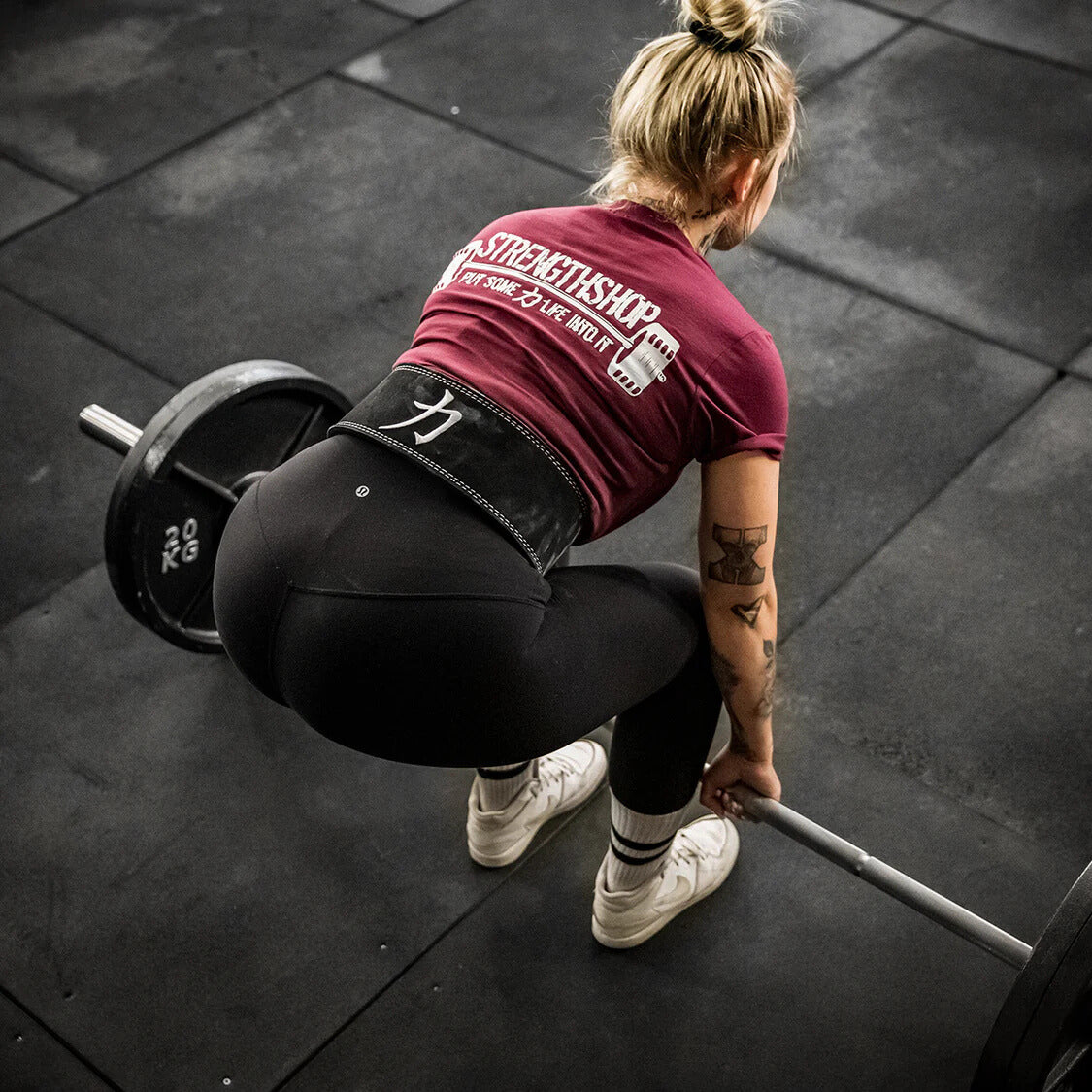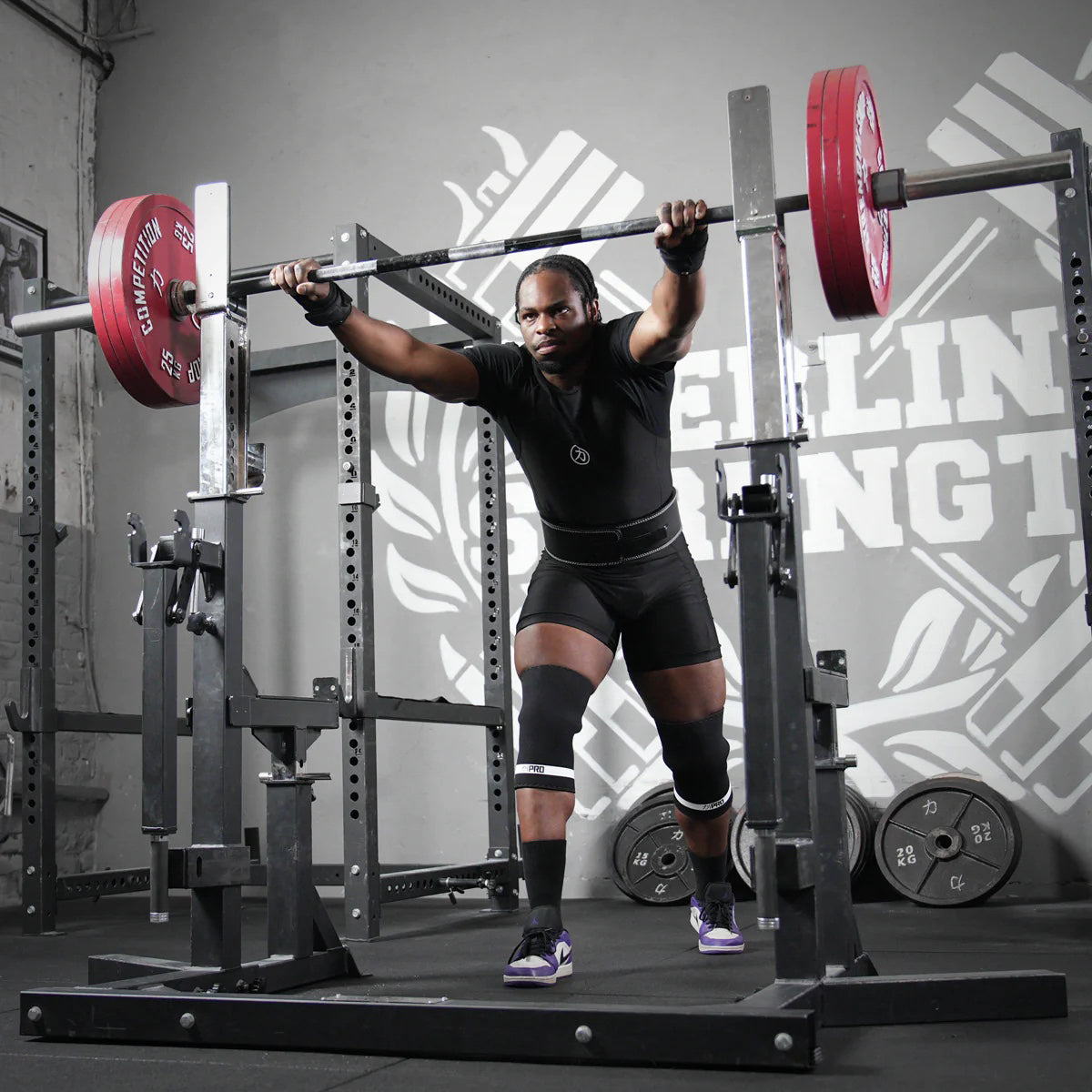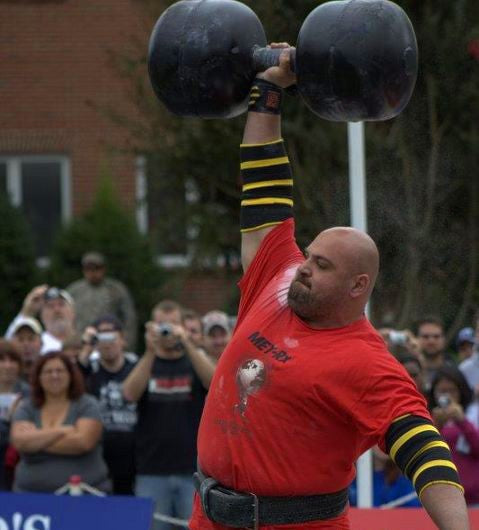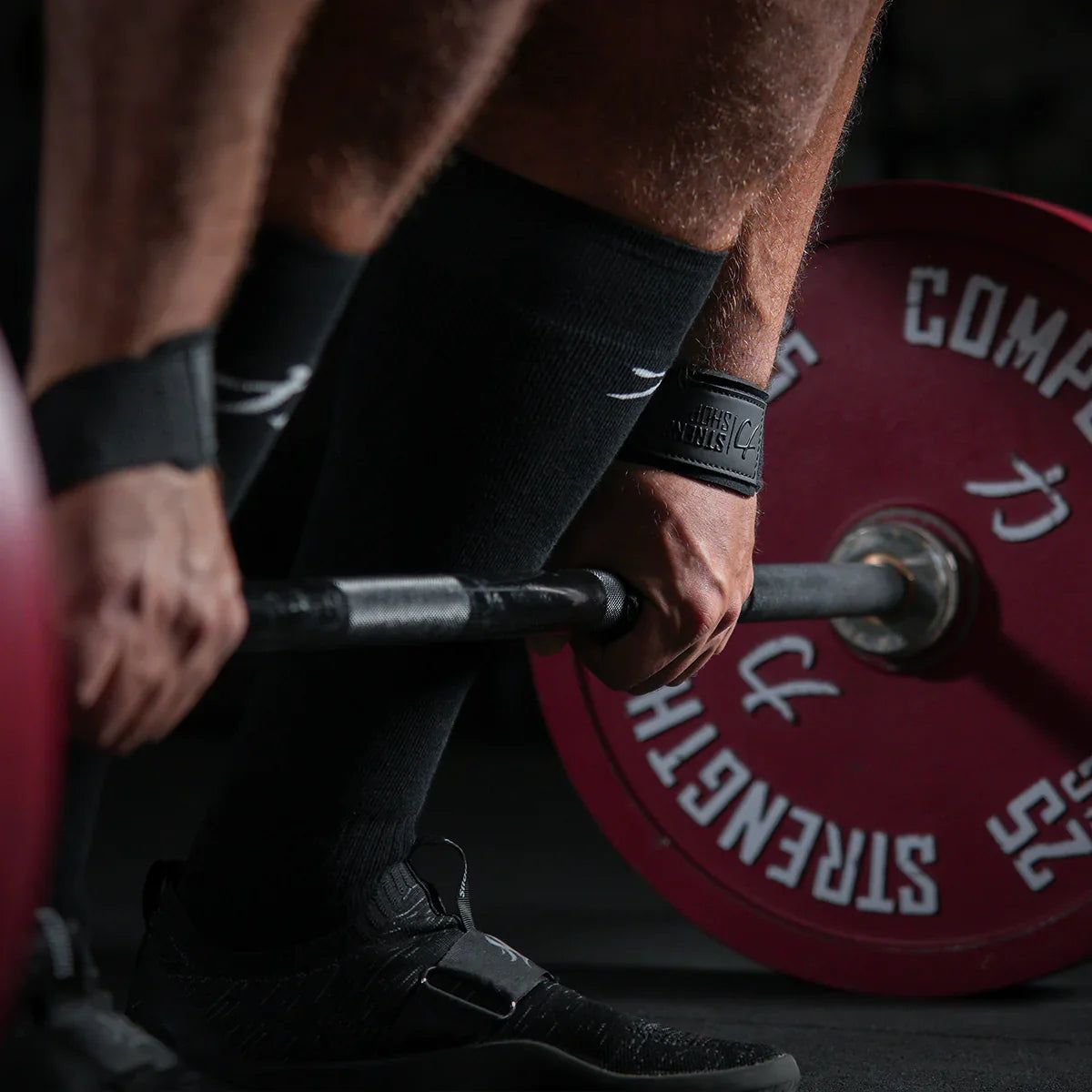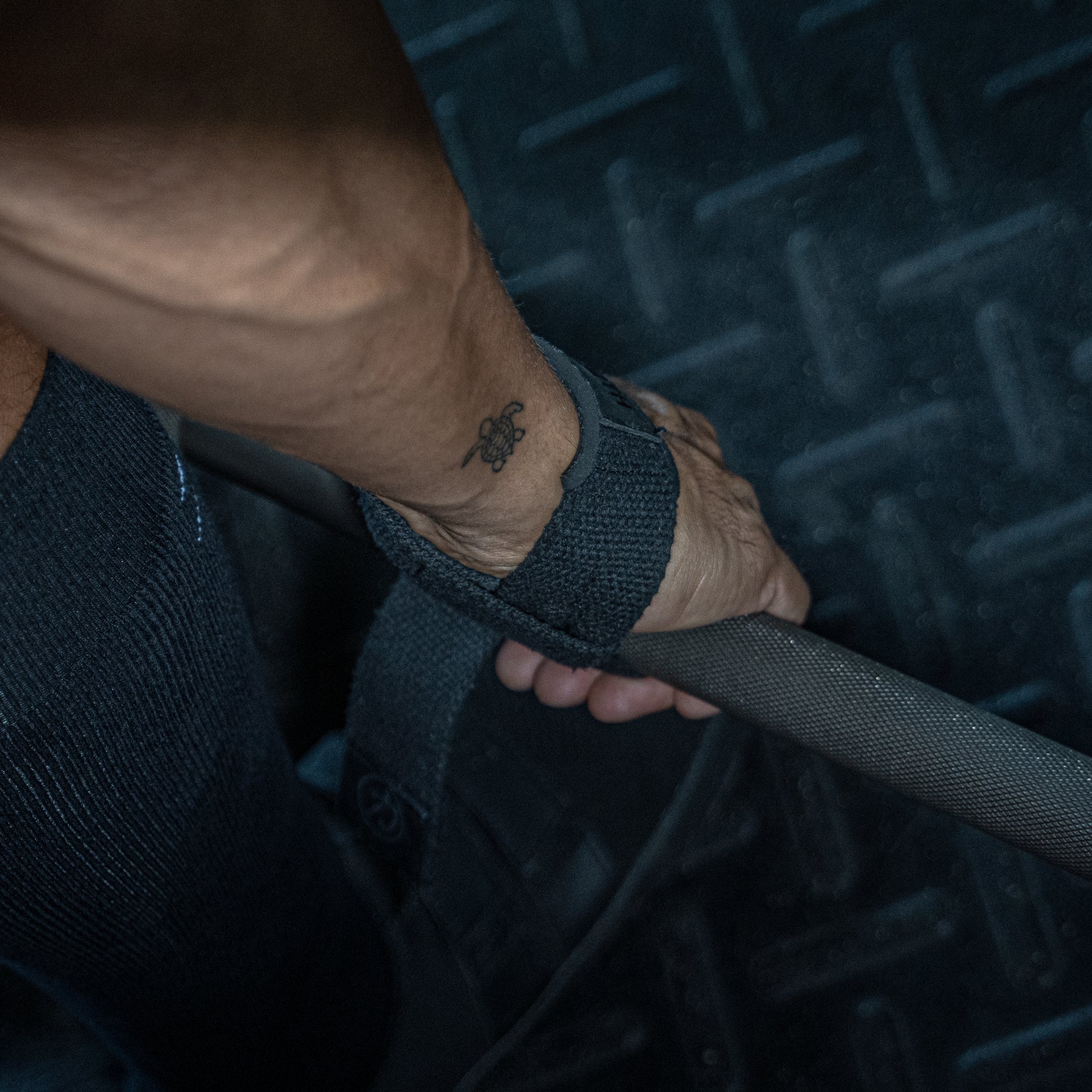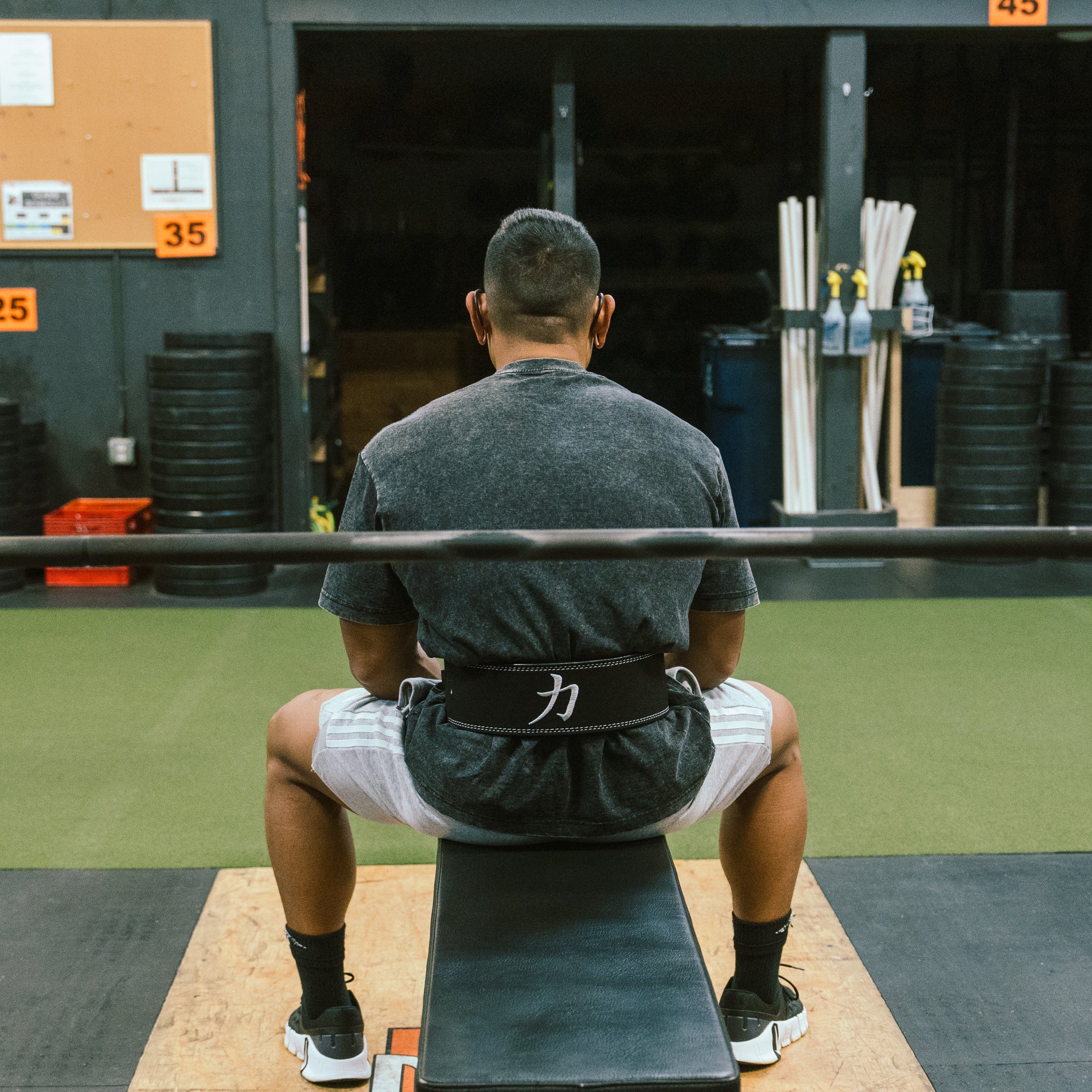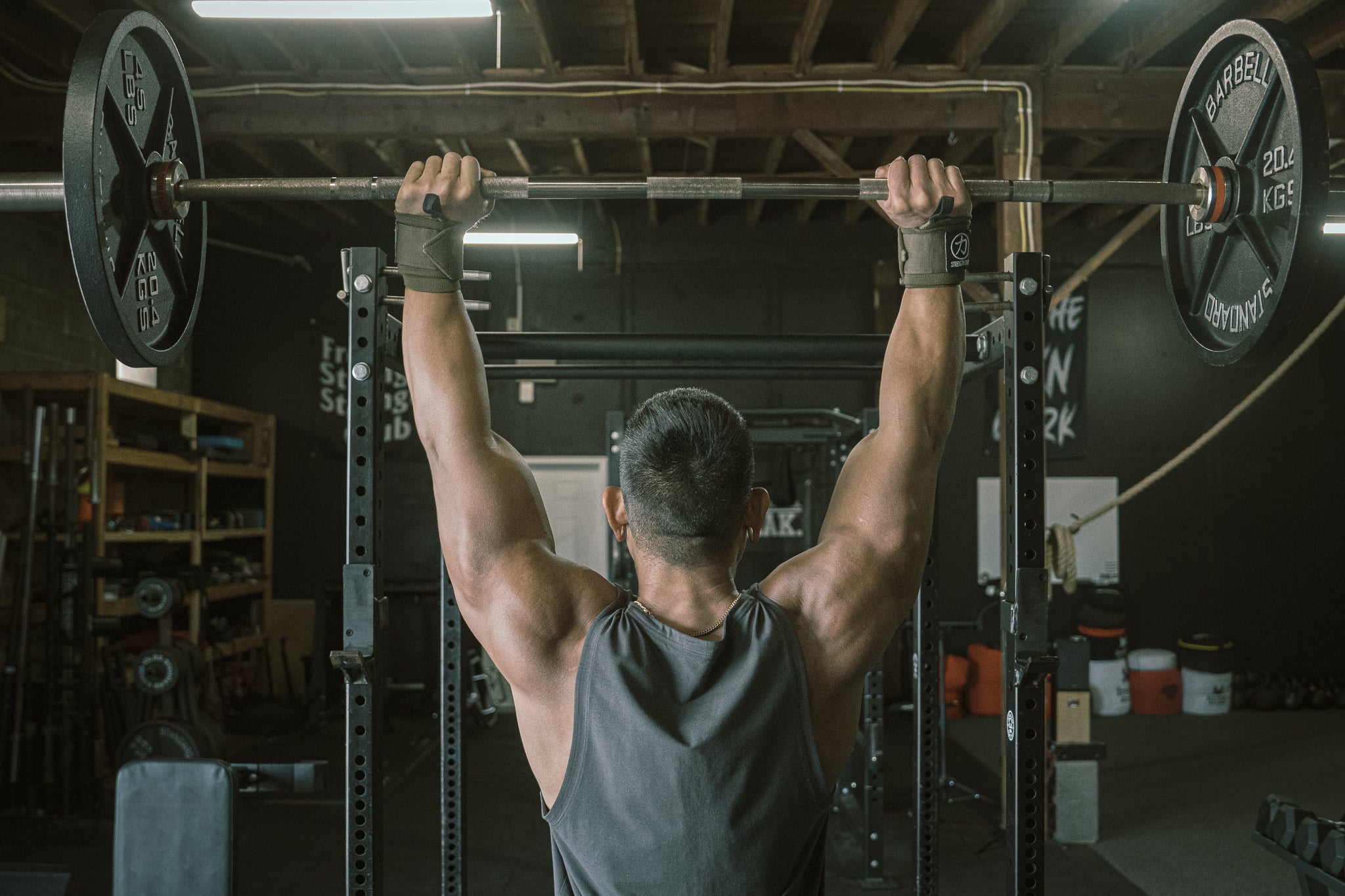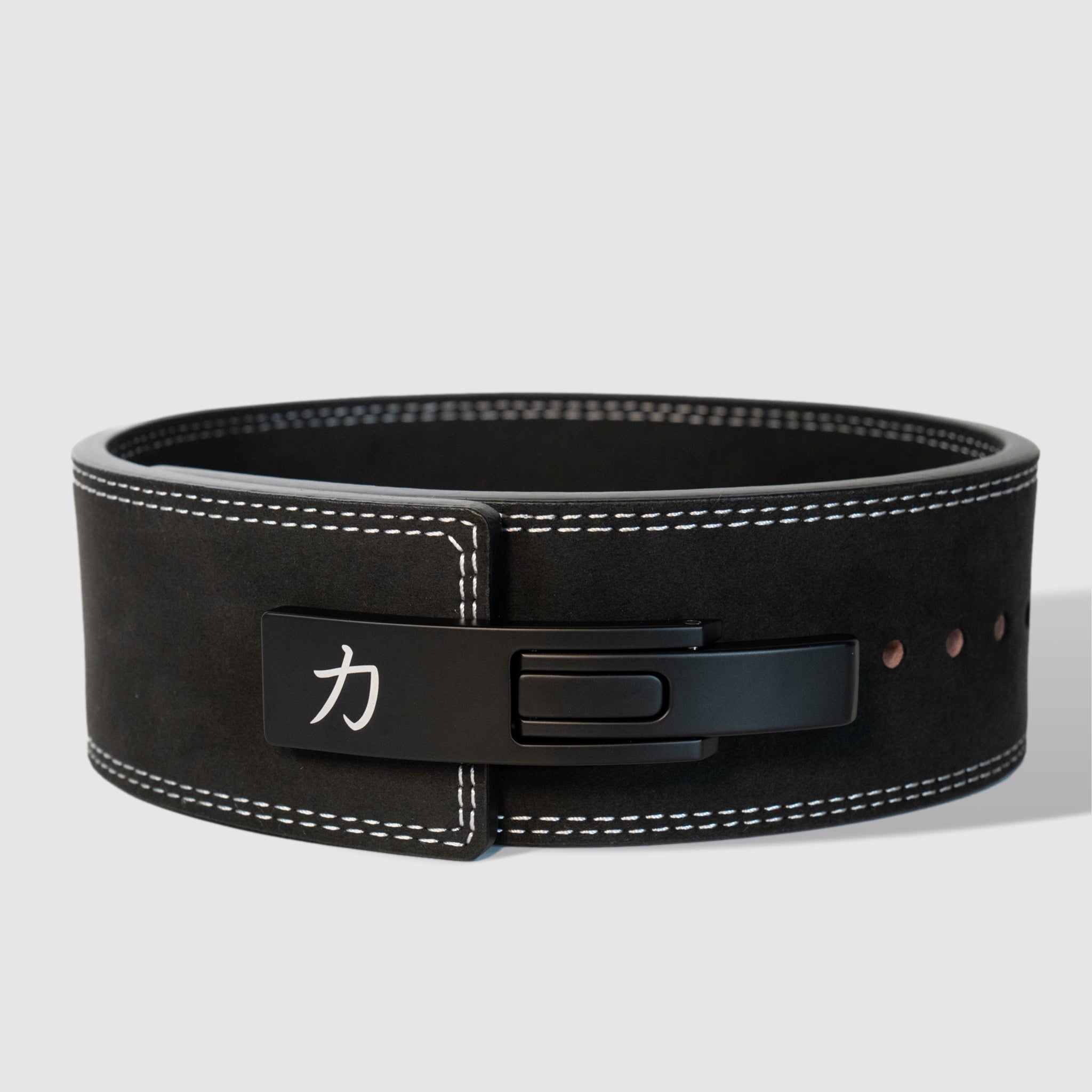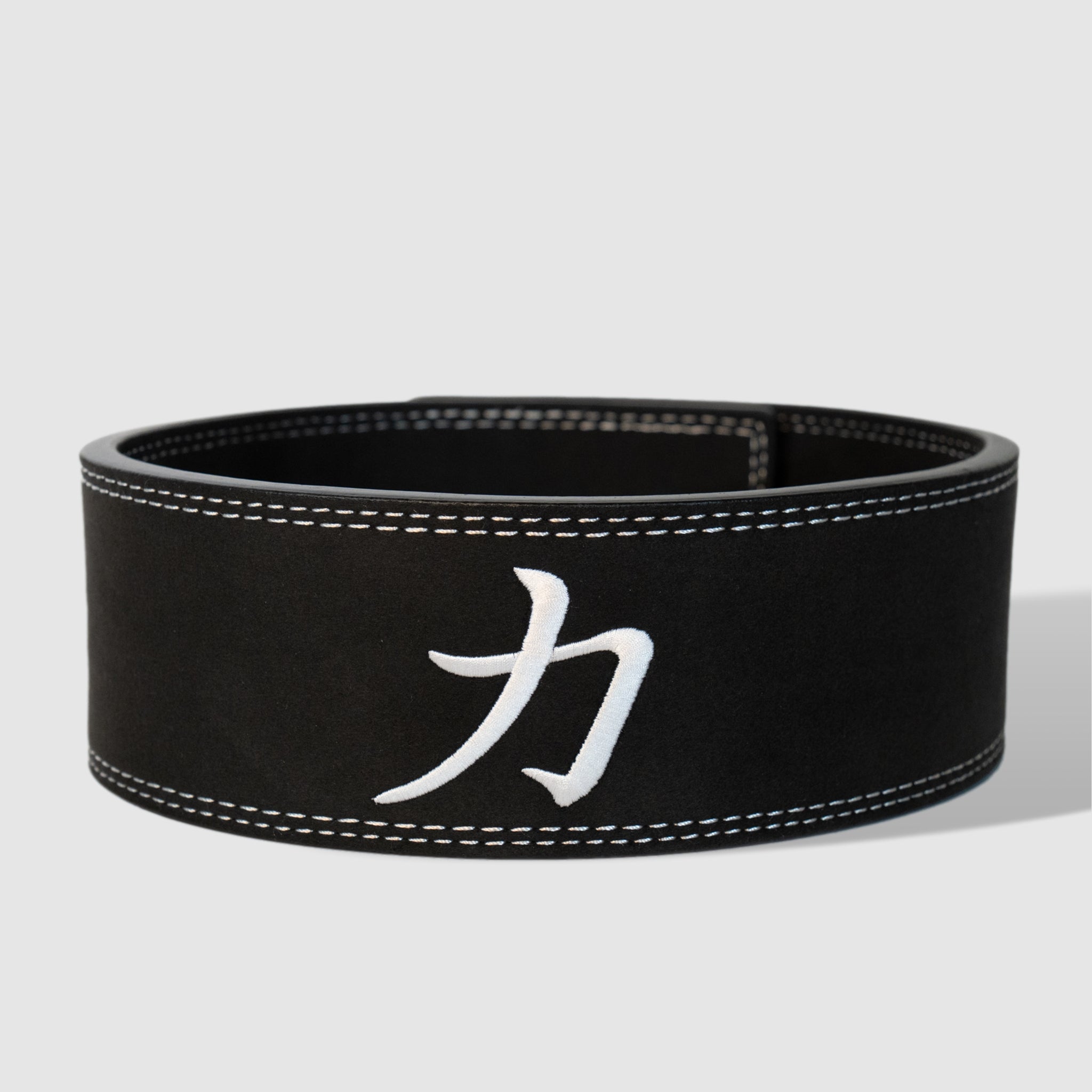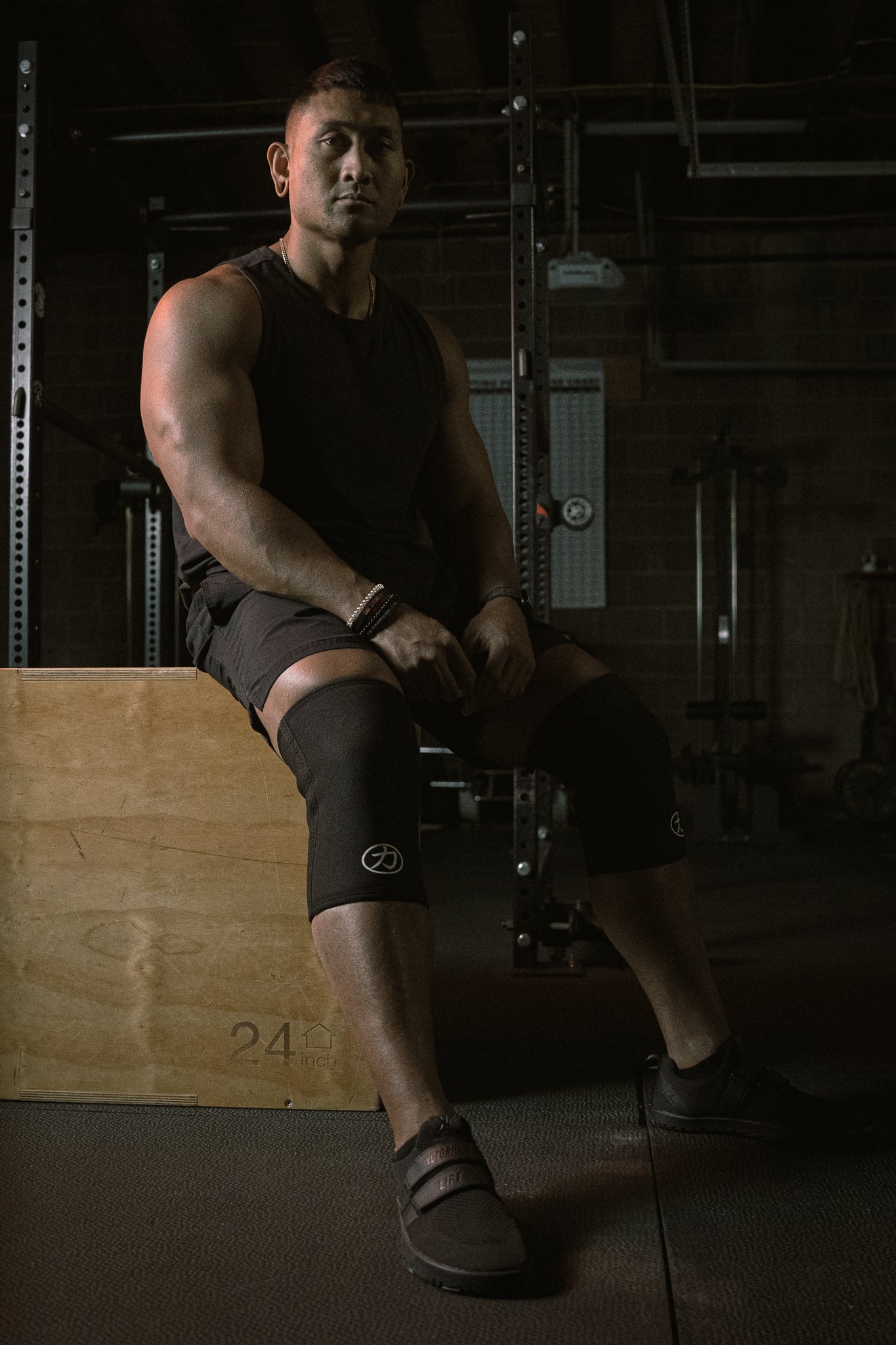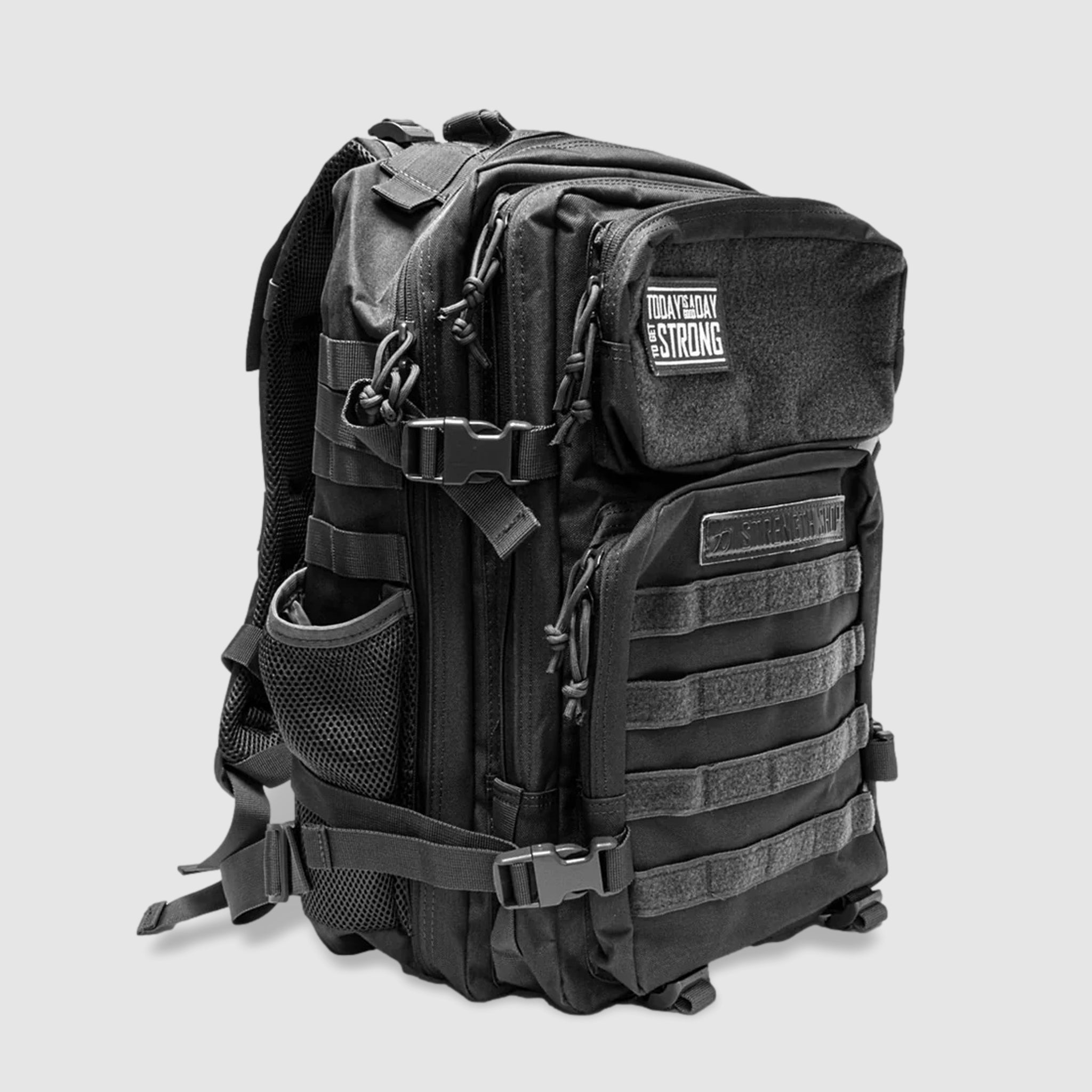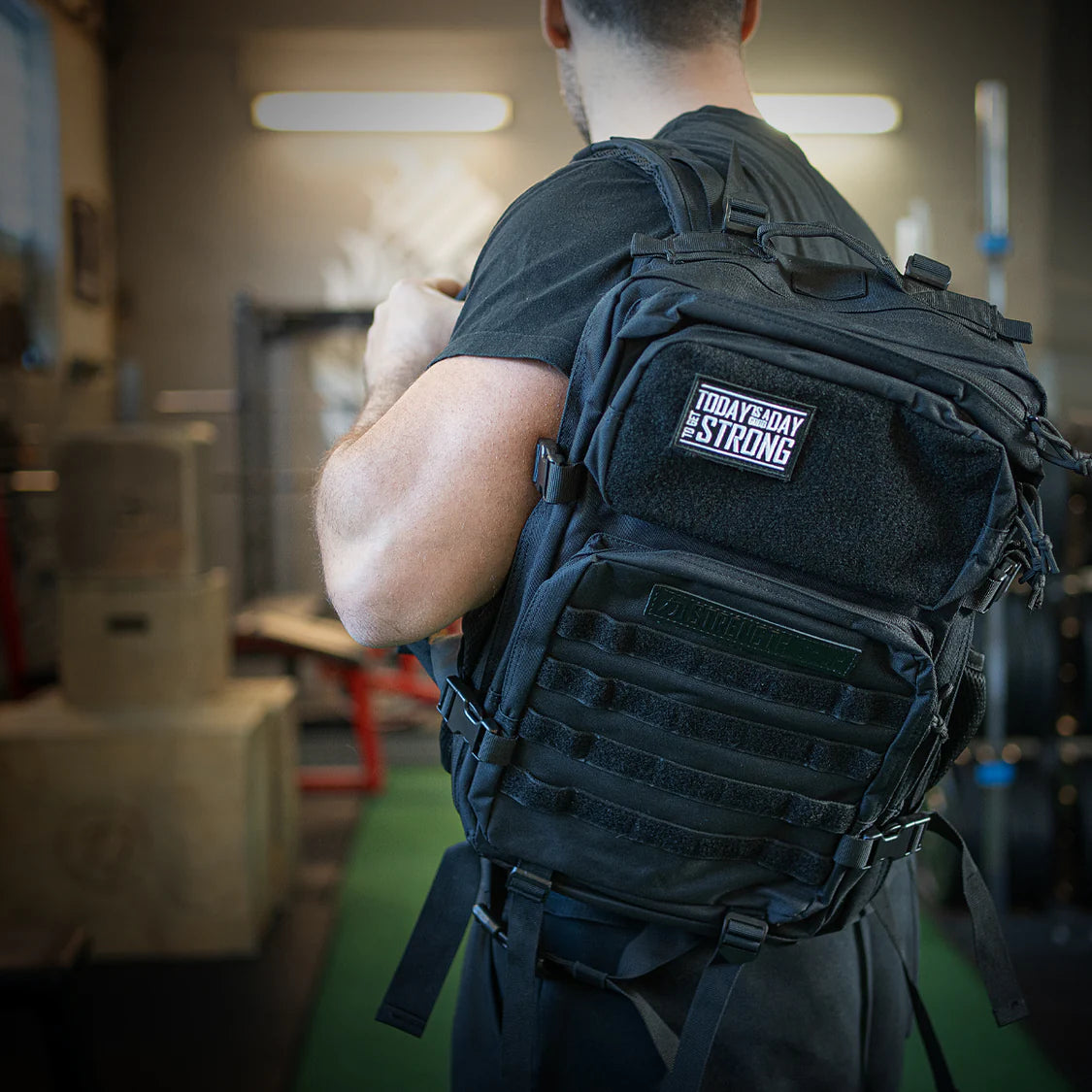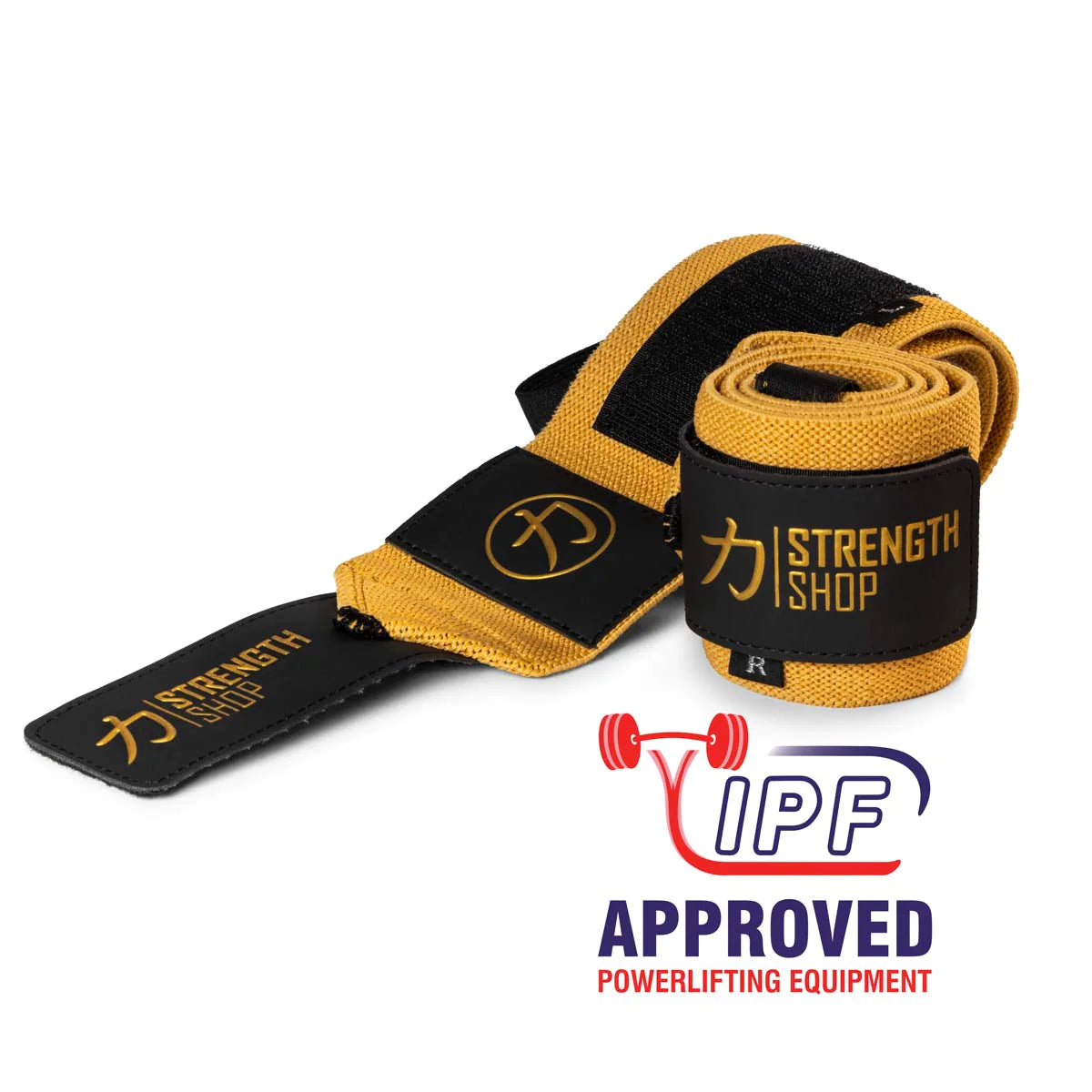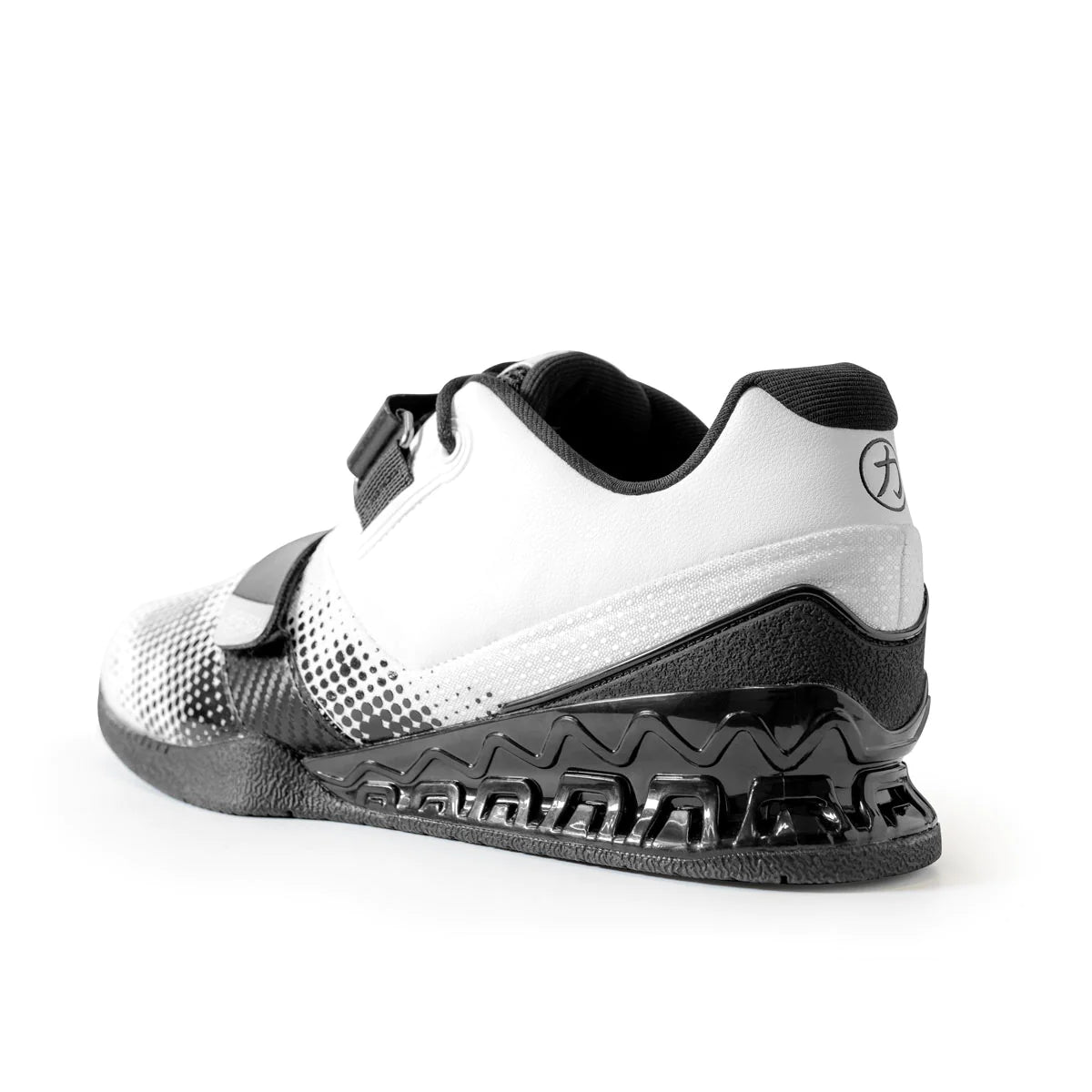Weightlifting belts have become must-have tools for strength athletes. They provide crucial spinal support and help stabilize your core. But do weightlifting belts help lower back pain? As experts in manufacturing high-quality strength training equipment, including lifting belts, we have the answer for you.
Let’s break down how they work, when to use them, and if they can help reduce your back pain.
What Are Weightlifting Belts?
A weightlifting belt is a durable training tool that you wear around your waist during heavy lifts such as squats and deadlifts.
This extra support allows you to generate more power during compound movements, improving your performance and safety. Most belts are about 4 inches wide and 6-13 mm thick, featuring adjustable closures like prongs or levers for a secure, customized fit.
There are different types of lifting belts, and they typically come in two main materials:
-
Leather lifting belts: Stiff and durable, providing maximum support for heavy, static lifts like squats and deadlifts.
-
Nylon lifting belts: Lightweight and flexible, making them ideal for dynamic movements and CrossFit-style training.
How Does a Weightlifting Belt Work?
A weightlifting belt increases your intra-abdominal pressure, stabilizes your spine, and improves lifting mechanics. It acts like a corset, giving your core muscles something firm to brace against and helping you maintain a neutral spine during heavy lifts.
Wearing a belt also helps you brace properly by encouraging deep belly breaths and enhancing your stability, control, and body awareness during lifts.
If you want added security when using a belt, consider pairing your lifting belt with weightlifting shoes to improve your stability, an AIRWAAV mouthpiece to prevent jaw strain, and wrist wraps for added wrist support. These accessories stabilize your core, protect your body, and help you maintain proper form under heavy loads.
Can Weightlifting Belts Help With Lower Back Pain?
Weightlifting belts are not a cure for chronic back pain, and there is no conclusive research to show that they help reduce back pain. However, lifting belts can provide extra support for your spine, which can help you manage discomfort and prevent injuries when you lift.
Studies show that wearing a belt can increase intra-abdominal pressure, creating a more stable base for deadlifts and squats. We always recommend that you consult your doctor or a healthcare professional if you're dealing with chronic pain or injuries.
How Weightlifting Belts Support Your Lower Back
A lifting belt acts as an external stabilizer by increasing intra-abdominal pressure (IAP). This added pressure enhances core engagement and helps protect your spine when lifting heavy weights. Here’s how it helps:
-
Boosts spinal stability by activating your erector spinae muscles.
-
Prevents excessive spinal movement, reducing strain on your lower back.
-
Distributes stress across your core muscles to improve your posture.
-
Limits excessive flexion or extension, keeping your spine in a neutral position.
Short-Term Benefits for Pain Management
A belt can provide temporary relief if you experience mild lower back discomfort. It helps by:
-
Reducing strain through compression and added support.
-
Minimizing muscle fatigue so you can lift with better control.
-
Enhancing confidence in your lifts by reinforcing your posture.
If you’re recovering from minor back strain, a belt may help by:
-
Restricting excessive movement, preventing further injury.
-
Providing external reinforcement, allowing you to do safer lifts.
-
Encouraging controlled mechanics, keeping your posture strong.
Why a Belt Won’t Fix Chronic Back Pain
While a lifting belt provides support, it won’t fix the root causes of your back pain. It won’t correct muscle imbalances, replace core strengthening exercises, or serve as a substitute for proper rehabilitation.
Relying too much on a belt can weaken your core muscles and create psychological dependence. To get the most out of it, use a belt strategically while also working on your core strength and lifting technique.
When to Use a Lifting Belt to Support Your Back
Knowing when to use a weightlifting belt helps you get the most out of it without becoming dependent. Here's when you can use your belt effectively:
-
For heavy lifts: Wear a belt with a secure weightlifting belt buckle when you squat at or above 75% of your one-rep max (1RM). The added stability is most beneficial at this intensity.
-
For max effort attempts: If you're attempting a personal record (PR) or lifting near your maximum, a belt provides the extra support you need for safety and performance.
-
For advanced training: Use a belt as you progress to heavier weights or follow strength-focused programs. This helps you to maintain proper form under load.
-
If you have injury concerns: If you've experienced any issues, a belt can help reduce the stress on your spine and allow you to train more comfortably.
Here are summary tables to help you decide when to use a lifting belt to help support your back:
|
Weight Percentage |
Belt Recommendation |
|---|---|
|
70%-80% 1RM |
Recommended |
|
Below 70% 1RM |
Optional |
|
Above 85% 1RM |
Strongly recommended |
|
Lifting Scenario |
Belt Recommendation |
|
Squats |
When your squat matches or exceeds your body weight. |
|
Deadlifts |
When your deadlift approaches 1.5 times your body weight. |
|
Overhead Presses |
When pressing near your body weight. |
When Not to Use Lifting Belts for Back Support
While a lifting belt is a useful tool, it’s not necessary for every workout. Knowing when to skip the belt is just as important as knowing when to wear it. Here are some situations where you should go without:
-
During light or warm-up sets: Skip the belt for lifts under 75% of your 1RM. These sets are perfect for practicing natural bracing and building your core strength.
-
If you’re new to lifting: Focus on mastering technique and building core strength before using a belt. Relying on one too soon can limit your progress.
-
For functional training: To develop natural core stability and control for real-world strength or athletic performance, train without a belt.
-
For accessory movements: Exercises like bicep curls or lateral raises don’t require a belt, as they don’t place significant strain on your core or spine.
-
To avoid dependency: Overusing a belt can weaken your core. Use it for heavy lifts, and train without one to maintain a strong, balanced core.
-
If you have a medical condition: Avoid using a belt if you have high blood pressure, respiratory issues, a hernia, an abdominal injury, are pregnant, or recently had surgery. Always check with your doctor regarding your specific situation.
How to Use a Lifting Belt Correctly to Prevent Back Pain
Using a lifting belt correctly can help support your lower back and reduce strain during heavy lifts. Follow these steps to maximize its benefits while keeping your movements safe and effective.
1. Choose the Right Belt
-
Material: Leather provides firm back support, while nylon offers flexibility for lighter, dynamic movements.
-
Width and thickness: A 4-inch width and 10-13 mm thickness work best for stabilizing your lower back.
-
Closure type: Prong belts allow for fine-tuned adjustments, while lever belts provide a secure fit for heavy lifts.
-
Fit: The belt should be snug but not overly tight. You should be able to breathe and brace effectively.
2. Position the Belt Correctly
-
Place the belt just above your hip bones and below your ribcage.
-
Keep it evenly centered around your torso for balanced support.
-
Avoid placing it too high or too low, as this can reduce its effectiveness.
3. Tighten the Belt Properly
-
Secure the belt tight enough to feel support but not restrict your breathing.
-
Test the fit by taking a deep belly breath. You should feel the belt push back but still be able to brace.
-
If the belt is too loose, it won’t support your lower back. If too tight, it may limit your movement.
4. Brace and Breathe Correctly
-
Take a deep breath into your belly, expanding your core against the belt.
-
Maintain tension throughout the lift to stabilize your spine.
-
Only release the brace after completing the movement safely.
More Ways to Protect Your Back During Lifts
A belt is not the only way to protect your lower back. Strengthening your core and improving your technique are just as important.
Engage in Core Strengthening Exercises
A strong core reduces your need for a belt and improves lifting performance. Building a strong core helps support your spine naturally. Some of the best core exercises to start with include:
-
Planks: Improve your overall stability.
-
Dead bugs: Strengthen your deep core muscles.
-
Bird dogs: Improve your balance and spinal support.
-
Supermans: Target your lower back.
Improve Your Lifting Technique
Using proper form is key to avoiding injuries. Mastering the correct lifting techniques will improve your strength and protect your back.
When you’re lifting, focus on:
-
Keeping your spine neutral.
-
Engaging your core before each rep.
-
Using controlled movements.
Frequently Asked Questions
Are weightlifting belts necessary?
A belt is not required, but it can help stabilize your core and protect your spine during heavy lifts.
Do weightlifting belts prevent injuries?
They reduce stress on your back but don’t prevent injuries on their own. Proper technique and core strength are still essential.
How tight should a weightlifting belt be?
It should be snug but not too tight. You should be able to take a deep breath and push against the belt for stability.
Can weightlifting belts weaken your core?
Overusing a belt can make your core weaker if you rely on it instead of developing natural core strength.
When should you use a weightlifting belt?
Use it for heavy compound lifts like squats and deadlifts when lifting at 75%-90% of your one-rep max.
What is the best type of weightlifting belt?
Powerlifters prefer thick leather belts, while Olympic lifters and CrossFit athletes may choose more flexible nylon options.

